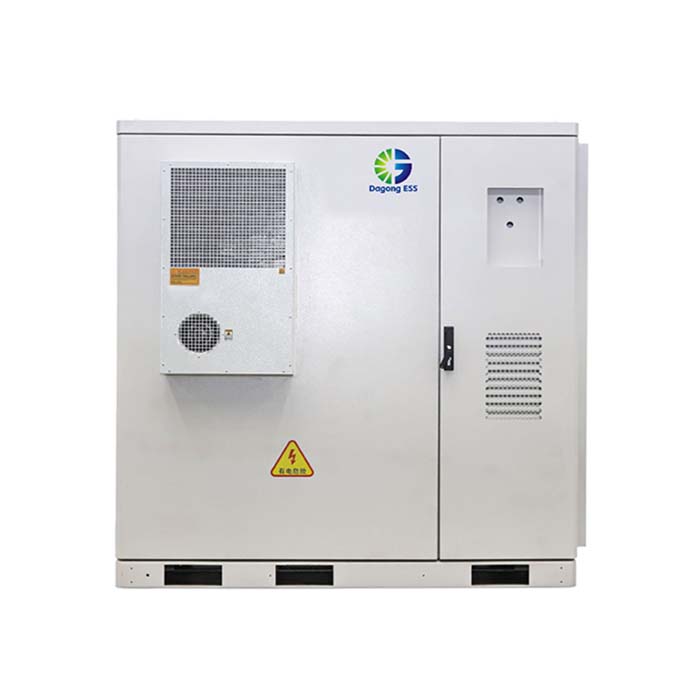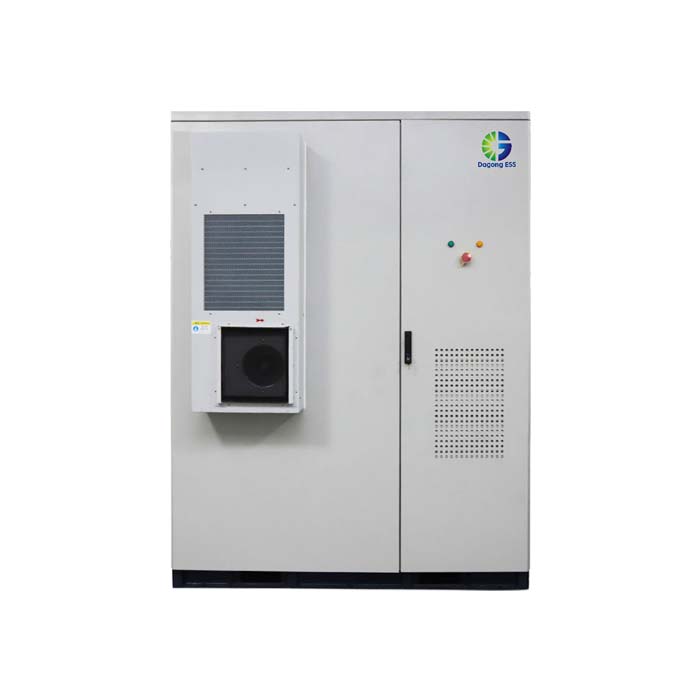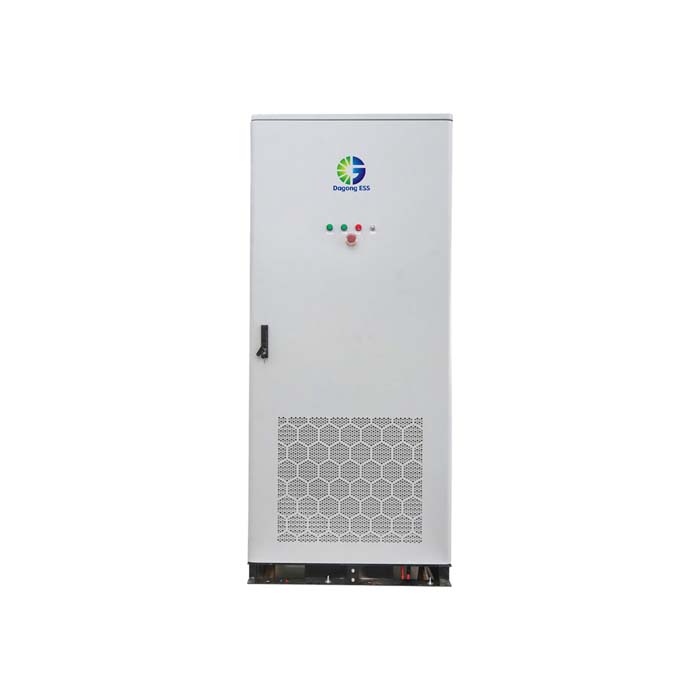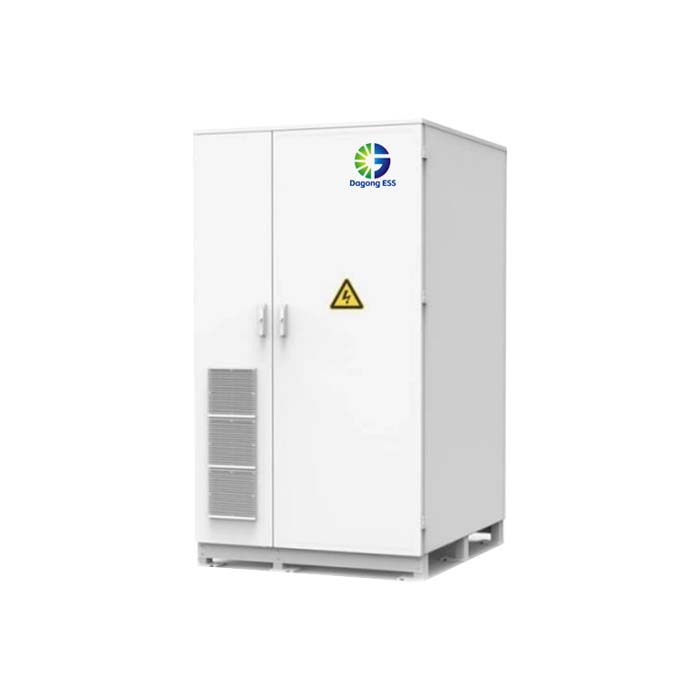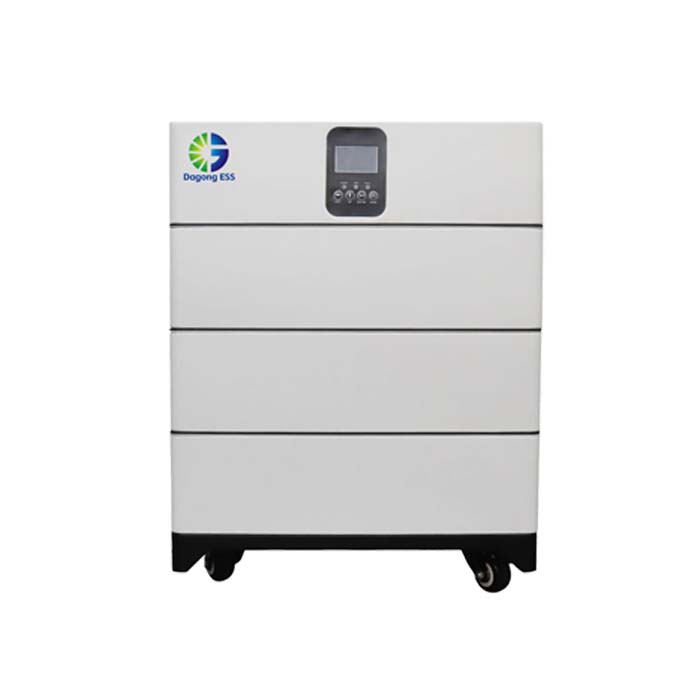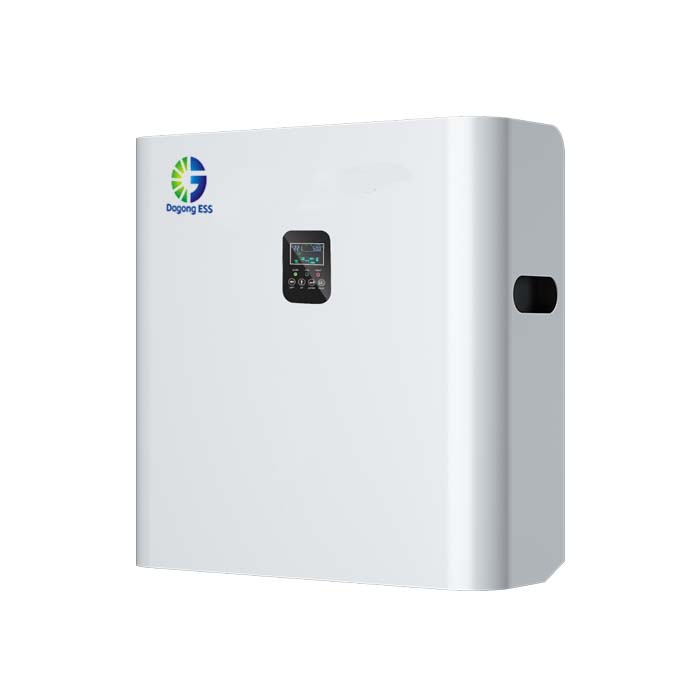Cut Power Bills & Boost Energy Independence with ESS
what is C&I Energy Storage System?
A C&I (Commercial and Industrial) ESS is an energy storage solution designed for commercial and industrial applications, such as factories, office buildings, data centers, schools, and shopping centers.
Amid fluctuating global energy prices and rising electricity demand, commercial and industrial (C&I) enterprises are actively seeking solutions to reduce energy costs and improve power reliability. Energy Storage Systems (ESS), with their flexible charging and discharging capabilities, have emerged as a key tool for optimizing energy management, participating in electricity market arbitrage, and enhancing power supply stability. This article explores the core applications of C&I energy storage and analyzes return on investment (ROI) through real-world case studies, providing actionable strategies for cost reduction and efficiency improvement.
Key Application Scenarios for C&I Energy Storage
Peak Shaving & Valley Filling: Leveraging Time-of-Use Pricing
In regions with time-of-use (TOU) tariffs, ESS can charge during low-cost off-peak hours and discharge during expensive peak hours, significantly cutting electricity expenses.
Case Study:
A manufacturing park in China deployed a 1MW/2MWh ESS, utilizing local peak-valley price differentials (peak: ¥1.2/kWh, off-peak: ¥0.3/kWh). With daily charge-discharge cycles, the system achieved annual savings of ~¥1.5 million, yielding a payback period of 3-4 years.
Demand Response: Generating Additional Revenue
ESS can participate in grid demand response (DR) programs, supplying stored power during peak demand periods to earn incentives or tariff compensation.
Case Study:
A U.S. supermarket chain in California installed a 500kW ESS. By participating in PG&E’s demand response program, it earned ~$80,000 annually. Combined with peak shaving, the ROI exceeded 15%.
Backup Power: Ensuring Operational Continuity
For high-power-consumption facilities like precision manufacturers and data centers, ESS serves as a reliable backup, preventing production losses from grid outages.
Case Study:
A German auto parts plant implemented a 2MWh ESS for seamless backup power during grid failures, avoiding ~€500,000 in annual downtime losses.
ROI Analysis Project
In China, peak shaving projects typically use a 1MW/2MWh system with an electricity price spread of ¥0.9/kWh, generating annual savings or revenue of ¥1.2–1.5 million and achieving a payback period of 3–5 years. In the U.S., demand response projects with a 500kW capacity and 100 operating hours per year can yield $50K–100K in annual revenue, with a payback period of 4–6 years. Meanwhile, in Europe, a 2MWh backup power system helps prevent downtime, delivering €300K–500K in annual savings and a payback period of 5–7 years.
Dagong ESS Products Showcase
Here are some of our top products:
100kWh to 144kWh Air-Cooled Energy Storage System: Dagong ESS 100kWh to 144kWh Air-cooled Energy Storage System cabinet is a high-performance energy storage system using LFP batteries. It offers capacities up to 144kWh and power options up to 50kW, with a built-in hybrid inverter supporting both solar (PV) and grid (AC) charging. Designed for industrial and commercial use, it features wide voltage and temperature ranges, IP54 protection, and industrial cooling, ensuring reliable power in various environments.
215kWh to 241kWh Air-Cooled Energy Storage System: The 215kWh to 241kWh Air-Cooled Energy Storage System is a reliable and high-performance energy storage solution for industrial and commercial use. Its modular design with CTP technology ensures easy transport, installation, and maintenance. The system supports parallel expansion, real-time monitoring, and fault recording. With over 8,000 cycles (70% SOH) and a lifespan of 15+ years, it guarantees long-term reliability. CE, UN38.3, MSDS, and 3C certified for safety and compliance.
215kWh Liquid-Cooled Energy Storage System: The 215kWh Liquid-Cooled Energy Storage System is a reliable, efficient solution for industrial and commercial use. It features easy transport, installation, and maintenance, with real-time monitoring and fault logging. The modular design, CTP technology, and parallel expansion provide flexibility, while multiple safety protections ensure reliability. With over 8,000 cycles (70% SOH) and a 15+ year lifespan, it offers long-term performance.
372kWh Liquid-Cooled Energy Storage System: The 372kWh Liquid-Cooled Energy Storage System is an efficient, reliable solution for industrial and commercial use. It features easy transport, installation, and maintenance, with real-time monitoring and fault recording. Its modular design and CTP technology enable flexible expansion. With robust safety protections, over 8,000 cycles (70% SOH), and a 15+ year lifespan (one charge per day), it ensures long-term performance.
Why Choose Dagong ESS Energy Storage Solutions?
At Dagong ESS, we deliver high-performance Energy Storage Systems (ESS) with the following key advantages:
High Efficiency: LFP (LiFePO₄) batteries with 6,000+ cycles, compatible with solar/wind renewables.
Smart Management: AI-driven charge/discharge optimization for maximum arbitrage and DR revenue.
Global Expertise: Custom ESS deployments in 20+ countries, with rapid project turnaround.
Frequently Asked Questions
Q:What is C&I energy storage?
A: A C&I (Commercial and Industrial ESS) energy storage system is an energy storage solution designed for commercial and industrial applications, such as factories, office buildings, data centers, schools, and shopping centers.
Q:What are C&I solutions?
A:It meets their needs for stable electricity while reducing energy costs, minimizing environmental pollution, and contributing to sustainable development.
Q:How does energy storage make money?
A:Energy arbitrage requires that you cycle the energy storage resource: This means charging up and charging down, intra-day, daily, weekly or seasonally. Therefore, its profit is affected by both the price of energy sold and the cost of energy to charge.


